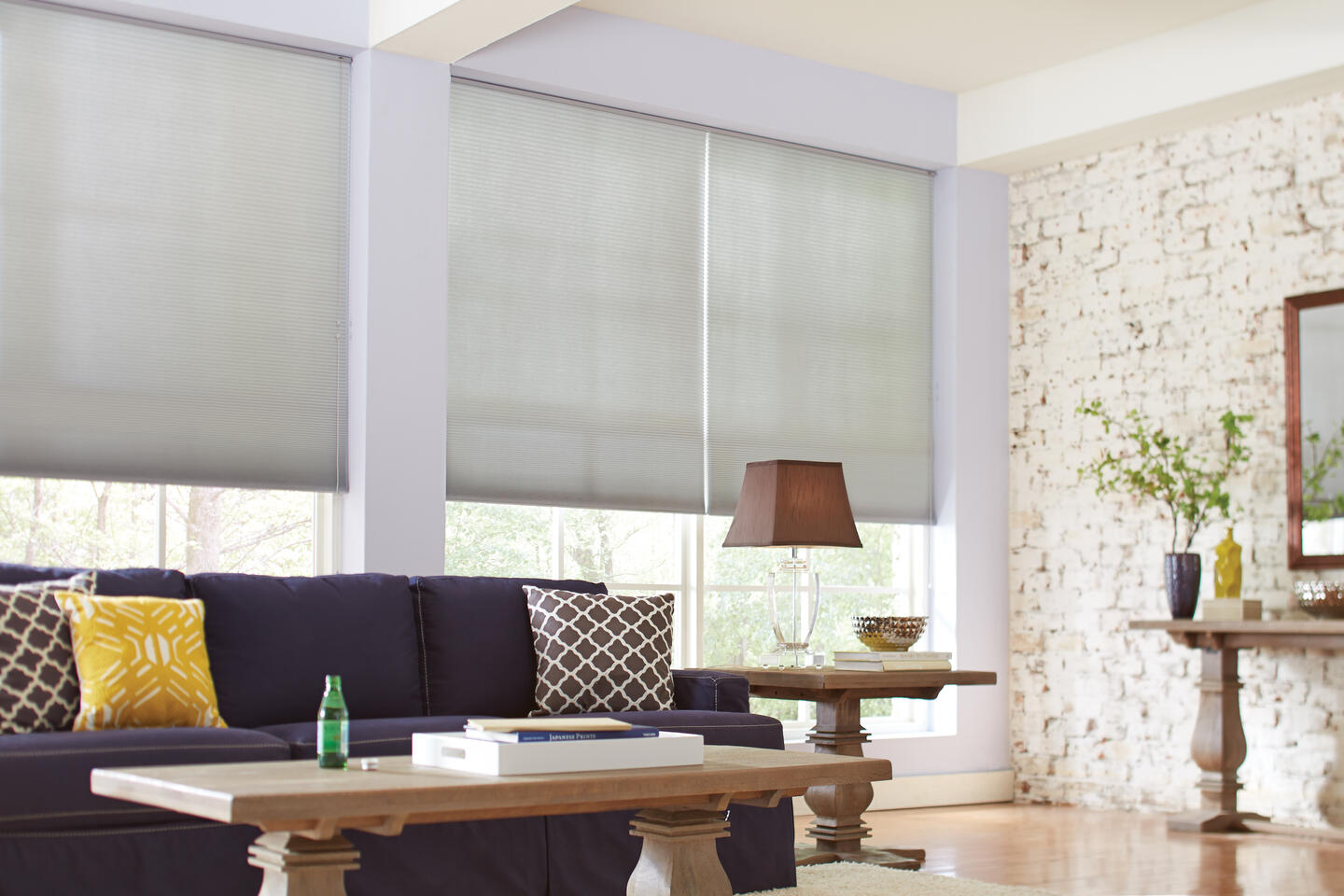Window shades are more than just practical fixtures; they’re transformative elements that can elevate the ambiance of any space while serving functional purposes. From controlling light and privacy to adding aesthetic appeal, window shades are crucial in interior decorating. Let’s delve into the diverse world of window shades and explore how they contribute to form and function within interior design.
Functionality Beyond Basic Covering
At their core, window shades control the amount of light entering a room and provide privacy. However, modern window shades offer a myriad of functionalities beyond these basics. Whether blocking harmful UV rays, insulating against heat or cold, or even motorized operation for convenience, today’s window shades are engineered to meet various needs.
Creating Atmosphere Through Light Control
One of the most significant impacts of window shades on interior decorating is their ability to manipulate light. Different shades offer different levels of light control, allowing homeowners to customize the ambiance of their space. For instance, sheer shades gently diffuse sunlight, creating a soft, ethereal glow ideal for living rooms or bedrooms. On the other hand, blackout shades completely block out light, perfect for home theaters or bedrooms where darkness is essential for quality sleep.
Unleashing Creativity with Design Options
Window shades are not just functional but also an opportunity to infuse style into a room. With various materials, colors, patterns, and textures, window shades can be tailored to complement any interior design scheme. Whether you prefer the minimalist appeal of roller shades, the warmth of bamboo blinds, or the elegance of Roman shades, there’s a style to suit every taste and décor theme.
Harmonizing with Existing Décor
When choosing window shades, it’s essential to consider how they will interact with existing décor elements. The right shades should harmonize with the room’s overall aesthetic, enhancing its visual appeal rather than detracting from it. For example, in a room with neutral tones and natural materials, opting for woven wood shades can complement the organic feel, adding warmth and texture to the space.
Maximizing Space with Functional Design
Space optimization is critical in interior decorating, and window shades can contribute to this goal. By selecting the appropriate type of shade and mounting style, you can maximize both natural light and the perceived size of a room. For instance, installing shades inside the window frame creates a streamlined look that allows more natural light to enter while making the windows appear more prominent. This design technique is particularly effective in small rooms or spaces with limited natural light.
Enhancing Energy Efficiency
In addition to their aesthetic and functional benefits, window shades can improve home energy efficiency. Insulating shades, such as cellular or honeycomb shades, trap air between the window and the room, reducing heat transfer in summer and winter. Minimizing heat gain in the summer and heat loss in the winter, these shades help maintain a comfortable indoor temperature while reducing energy consumption and utility costs.
Conclusion
Window shades are indispensable for interior decorating, offering a perfect blend of style and functionality. From controlling light and privacy to enhancing energy efficiency and aesthetic appeal, the versatility of window shades knows no bounds. Homeowners can transform their living spaces into havens of comfort, beauty, and functionality by selecting the right type, style, and design options. So, whether you want to refresh a room’s décor or improve its functionality, don’t overlook the transformative power of window shades.

)